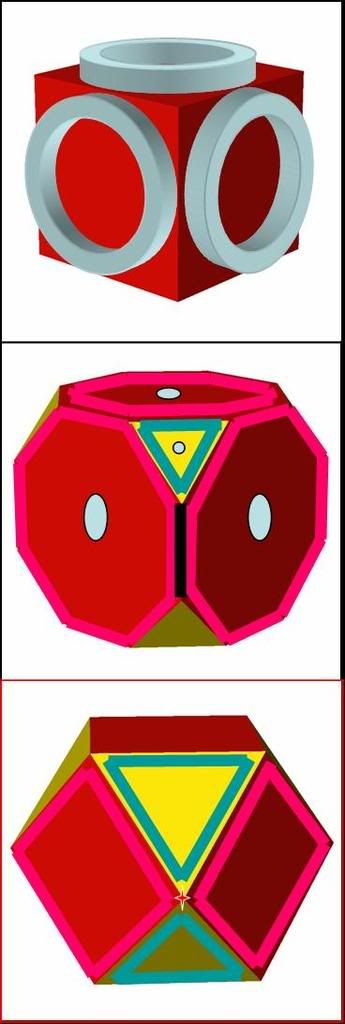KitemanSA wrote:
...
If someone has a big enough, good enough chamber and power supply, I'd be willing to wind a number of potential designs. I'm thinking about 30cm radius but only 16ish turns.
Anyone? Don't all answer at once!

Hi Kiteman,
I know you’ve been looking for parts to make a prototype magrid testing platform.
If someone will donate a suitable vacuum chamber then I’m willing to donate some parts that I ripped out of an old “Reliance 40HP 480Volt three-phase AC variable speed motor drive”. You could use these (expensive) parts to make a high voltage capacitor bank pulse-discharge power source. Normally capacitor discharge sources are low voltage types for electrical (shock) safety reasons and they are designed to drive low inductance, low resistance, and high current loads.
But with a higher voltage (450VDC) capacitor bank power source you could pulse-drive a set of magrid coils that have a much higher inductance (more wire turns per coil using smaller diameter wire) at a lower peak current and still achieve a suitable pulsed B-Field magnitude (in Teslas) using a much smaller overall power source package size. In this case, I would not use coil wires that had an insulation rating of less than 1000 volts. Also, I wouldn’t use standard varnish-coated magnet wire – too much risk of mechanical damage to the thin varnish coating. I’d tend to lean more toward newer high voltage and thicker insulated Teflon coated wires for the coils.
I have four 2400uF 450VDC electrolytic capacitors and five industrial Darlington power transistors:




Here’s an image of one of the power transistors I used in a simple high power adjustable linear voltage regulator (0 to 36VDC). The upper left transformer is only used for up to 4.0 amp testing. But I can hook this thing up to my DC welder as a power source for supplying adjustable (0 to 36VDC) at high current (~ 40 amp) testing:

The power transistors are rated at 600VDC and can handle about 40 amps each. But you can parallel the transistors to drive (dump) a 450VDC 200Amp pulse through the magrid coils. I’m willing to wire up the power source and pre-test it for you if you can find a suitable vacuum chamber.
Note: Physical contact with a 450VDC charge from a 9600uF capacitor bank will KILL YOU! This rig would definitely not be a toy. So please be totally aware and exceptionally careful with its use… I will put it all inside a grounded metal ‘Hoffman box’ enclosure and supply you with ample schematics and safety instructions should you decide to use it.
~Randy









